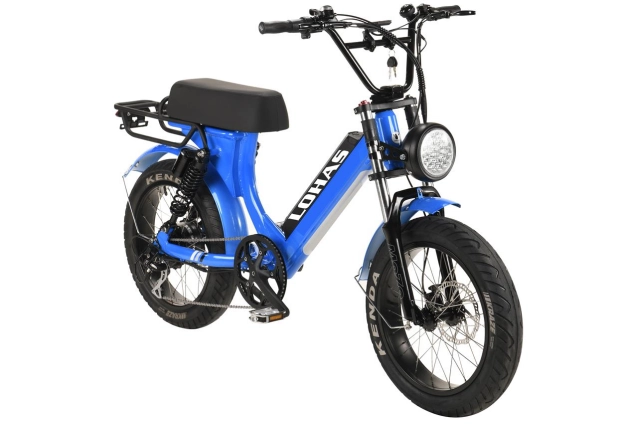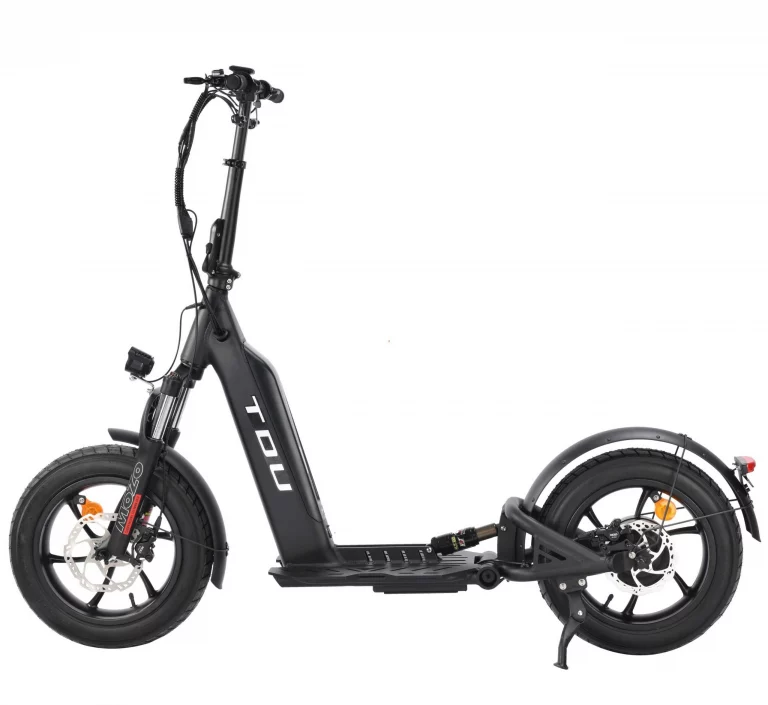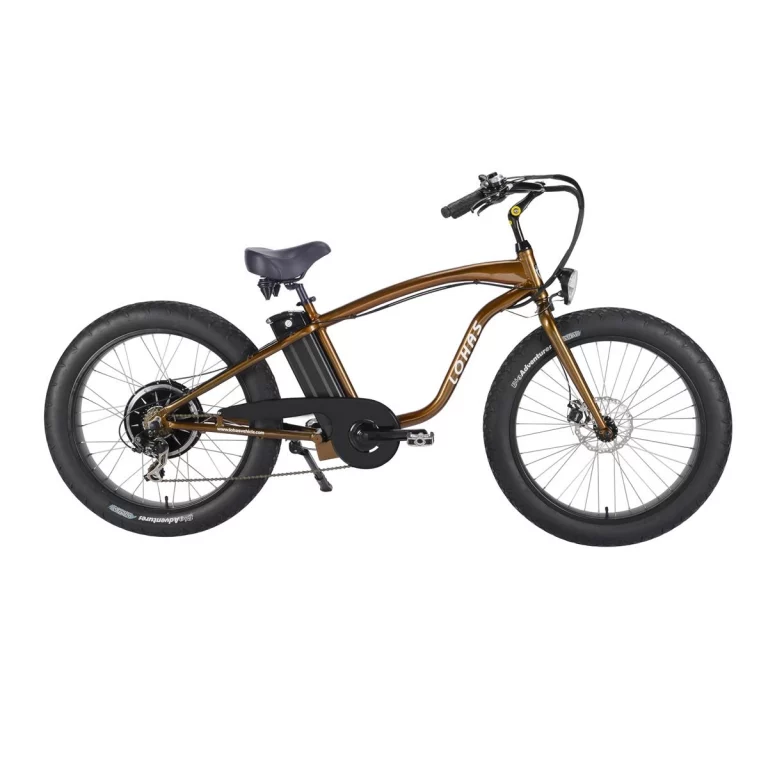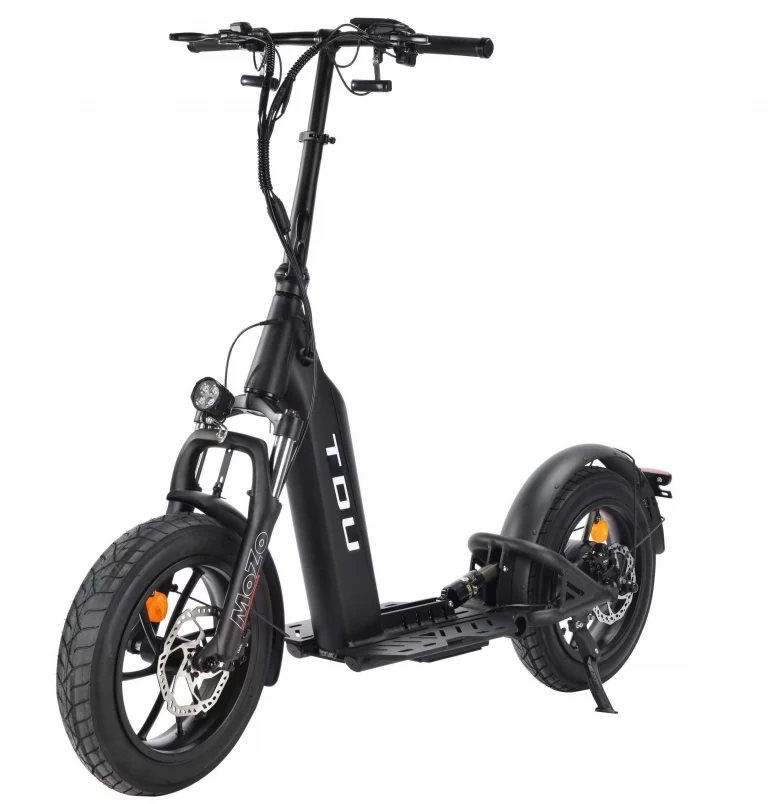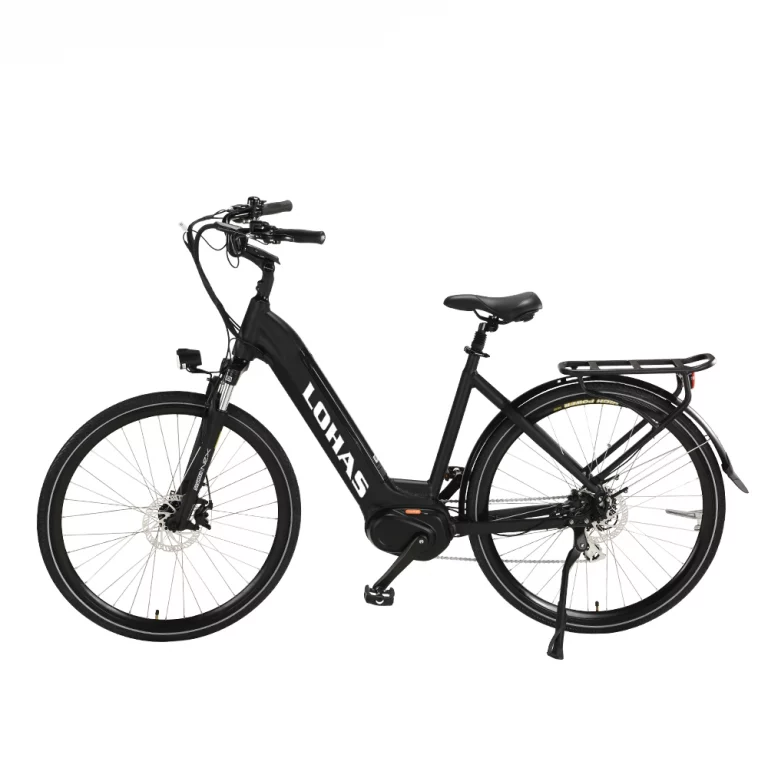Understanding the Basics of Charging an Electric Bike
Key Components of an Electric Bike Charging System
Electric bikes, or eBikes, run on power. A battery fuels the motor. The motor aids riders. It adjusts help based on needs. Terrain shapes the boost. Key parts make charging work:
- Battery: Lithium-ion is common. It holds energy. Some are removable. Others stay fixed.
- Charger: It changes outlet power. The battery gets the right energy.
- Controller: It manages electricity flow. Overcharging is prevented.
These parts keep eBikes ready. Charging is smooth. Rides stay powered.
Why Proper Charging is Essential for Battery Longevity
Charging right extends battery life. It’s a vital step. Charge after rides. This keeps power steady. Deep discharges harm batteries. They lose capacity fast. Overcharging hurts too. Internal parts wear out. Good habits ensure efficiency. Reliability stays high.
Proper charging saves money. Batteries last longer. Performance doesn’t fade.
How to Charge Your Electric Bike
Step-by-Step Guide to Charging an Electric Bike
Charging is simple. Follow these steps:
- Check Battery Level: Look at the eBike’s display. See the charge left.
- Turn Off Your eBike: Power it down. This stops electrical spikes.
- Remove or Access Battery: Detach removable batteries. Find the port on fixed ones.
- Connect Charger: Plug into the wall first. Then link to the battery or bike.
- Monitor Charging Progress: Watch indicator lights. They show when it’s done.
- Unplug Safely: Disconnect both ends. Do this after a full charge.
These steps keep charging safe. Batteries stay healthy. Rides are uninterrupted.
Safety Tips When Charging Your Electric Bike
Safety comes first. Use the right charger. Manufacturers provide the best match. Extreme heat or cold harms batteries. Avoid those conditions. Place chargers on safe surfaces. Keep them dry. Fire risks drop low. Safe charging protects users. Equipment lasts longer. Peace of mind grows.
Common Mistakes to Avoid While Charging
Mistakes hurt batteries. Don’t overcharge overnight. It weakens performance. Fast chargers are tempting. But overuse causes heat. Lifespan shrinks fast. Check cables often. Faulty ones spark issues. Ignore these, and problems arise. Avoid errors for longevity. Batteries perform better. Rides stay smooth.
Where to Charge Your Electric Bike
Charging at Home: Convenience and Setup Requirements
Home charging is easy. Standard outlets work fine. No extra costs arise. Set up a safe spot. Ventilation is key. Use surge protectors. They guard against power spikes.
Home setups save time. Charging is reliable. Riders stay ready.
Public Charging Stations for Electric Bikes: What You Need to Know
Public stations are growing. Cities and trails offer them. They serve eBikes well. Check charger fit first. Some stations have fees. Time limits may apply. Plan ahead for access.
Public charging supports travel. Urban riders benefit. Flexibility increases.
Portable Chargers: An On-the-Go Solution for Riders
Portable chargers add freedom. They’re light and small. Backpacks hold them easily. Charge anywhere with power. Long trips become doable. No outlet is too far.
Portables empower riders. Adventure knows no bounds. Power stays close.
How Long Does It Take to Charge an Electric Bike?
Factors That Affect Charging Time for Electric Bikes
Charging time varies. Several factors play roles:
- Battery Capacity: Big batteries take longer. A 48V 17.5Ah unit, like in LOHAS KCMTB045, needs more time than a 48V 10.4Ah one.
- Charger Output: Strong chargers speed things up. Standard ones are slower.
- State of Charge: Empty batteries charge longer. Half-full ones are quicker.
- Battery Age: Old batteries lose efficiency. Charging slows down.
- Environmental Conditions: Heat or cold affects speed. Extreme temps harm batteries.
These shape charging plans. Know them well. Time is managed better.
Typical Charging Times for Different Battery Types and Capacities
Charging times depend on size:
- Small Batteries (10Ah): Take 3–4 hours with standard chargers.
- Medium Batteries (14Ah): Need 4–6 hours, like LOHAS KCMTB039’s 48V 14Ah unit.
- Large Batteries (17.5Ah): Require 6–8 hours for full power.
LOHAS KCMTB039 hits 70km range. It charges in 4–6 hours. KCMTB045’s 100km range needs more.
Battery size sets pace. Plan rides accordingly. Charging fits schedules.
Tips to Reduce Charging Time Without Compromising Battery Health
Cut charging time safely:
- Use the maker’s charger. It’s built for your battery.
- Avoid full drains. Partial charges save time.
- Charge at 20–25°C. Temps boost efficiency.
- Clean the charging port. Good connections speed up.
- Pick high-output chargers. Ensure they’re approved.
These tips balance speed and health. Batteries stay strong. Charging is quick.
Maximizing the Efficiency of Your Electric Bike’s Battery
Best Practices for Extending Battery Life Through Proper Charging Habits
Good habits save batteries:
- Avoid Overcharging: Unplug when full. Protection exists, but caution helps.
- Charge After Rides: Keep power optimal. Charging after each ride maintains battery life.
- Limit Fast Charging: It’s handy but harms long-term health.
- Store at 50%: Long breaks need partial charge. Full or empty hurts.
Smart charging extends life. Performance stays high. Costs drop low.
The Role of Temperature and Environment in Battery Performance
Temps affect batteries. Cold below 0°C harms cells. Heat above 40°C does too. Humidity rusts connectors. Ports fail fast. Charge in dry spaces. Avoid sun or frost. Keep air flowing. Good environments boost power. Batteries work better. Rides last longer.
FAQs
How long does it take to charge an electric bike?
It takes 3–8 hours. Battery size and charger type matter.
Can I leave my eBike plugged in overnight?
Modern batteries have protection. Still, avoid regular overnight charging.
What affects charging time?
Battery size, charger power, charge state, temp, and age play roles.
Is fast charging bad for the battery?
Frequent fast charging hurts. Use it sparingly for longevity.
What’s the ideal charging temperature?
Aim for 20–25°C. It’s safe and efficient for eBikes.
Yongkang LOHAS Vehicle Co., Ltd crafts quality eBikes. Their tech supports these habits.


